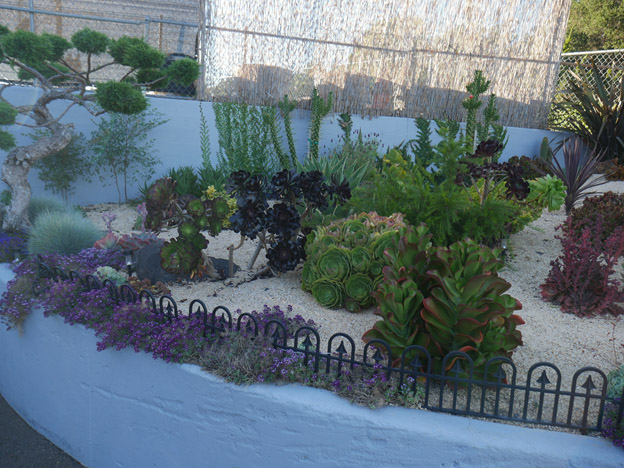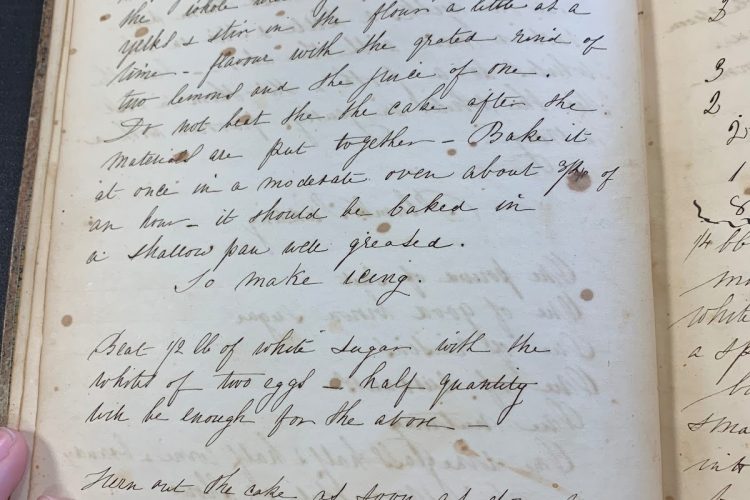What do we do when our way of life is fatally out-of-sync with our environment? Rachel Yang approaches this question through an analysis of the work of American writer and environmentalist Wallace Stegner. Engaging academic and journalistic sources, Yang interrogates Stegner’s “folklore of hope,” revealing the elitist underpinnings of the American Dream. As California’s forest […]
Through this uplifting and introspective piece, Sarah Waring reflects on the unique relationship between humans and the natural world in Bauer Park (Madison, Connecticut). Waring endearingly describes Bauer Park as an “impressionist painting” with incredible diversity in structure and plant life. In doing so, she continues to address the connection between living and inanimate components […]
Cookbooks exemplify the ideals of a society: what an authority thinks people should eat, what their society values. Print cookbooks are aspirational, while handwritten cookbooks give an account of what people actually ate—giving us a glimpse of their real lives. In her handwritten recipe book, Mrs. George W. Biddle gives an honest view of the values of high-society women in the 19th century through the recipes included. Mrs. Biddle used recipes as social currency, recording ones that elevated the status of the family and trading with other women.



Recent Comments